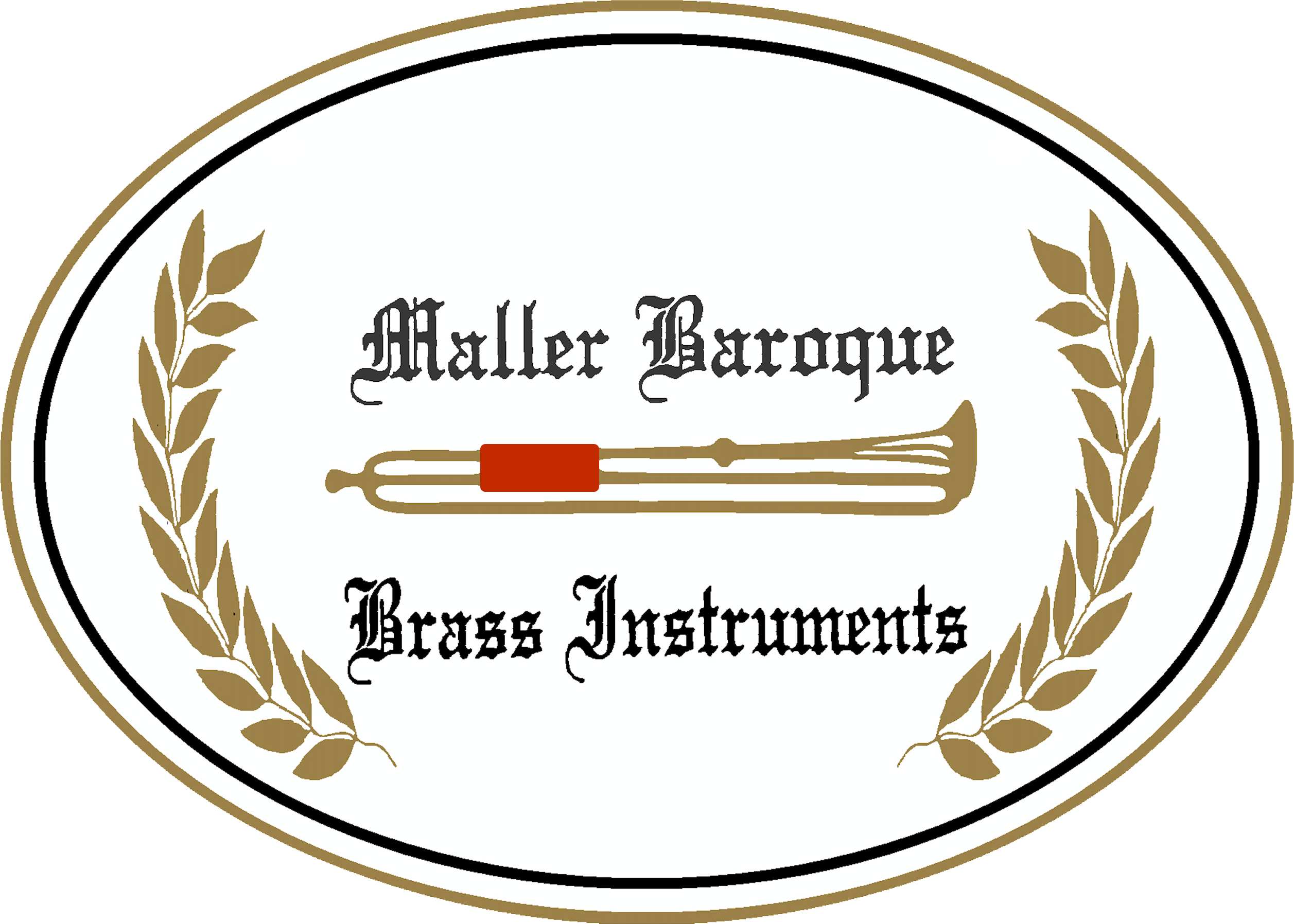His Medal from the Holy Roman Emperor
Opening Fantini’s method to page three, the reader is confronted by a woodcut of the trumpeter, with a surrounding caption stating that he came from Spoleto and that the portrait was done when he was 36 years old. A medal, presumably of gold and suspended on a heavy chain running diagonally over his chest, bears the inscription FERDINANDUS SECUNDUS INPERATOR. This medal thus seems to have been the gift of another Ferdinand II, the emperor of the Holy Roman Empire, who reigned from 1619 to 1636. (Fantini’s employer was the emperor’s nephew!) The emperor’s son Ferdinand III (who reigned for twenty years) was crowed his successor on December 22, 1636 in Regensburg, although here too, no ducmentary proof exists. Perhaps the medal signifies Fantini’s membership – albeit unusual for an Italian – in the Imperial Guild of Trumpeters and Military Kettledrummers, which Emperor Ferdinand II had founded by the granting of an Imperial Privilege in 1623.
Another Instrument
On October 1, 1640, “a new viola” in Fantini’s possession is mentioned in a court inventory. He thus must have played a stringed instrument as well as the trumpet. Is it significant that Fantini’s main instrument (usually called trombetta) is no longer mentioned in connection with his name in the surviving Medici court records beginning with the fiscal year 1639-1640?
Family
The archival documents contain hardly any information concerning his family. Nevertheless, we learn of a son, Giovanni, who is mentioned between 5 May 1637 and 21 June 1642, first as his son (figliolo), then as his apprentice (garzone, 22 May 1637) and as his student (scolare, 20 December 1639, 22 February 1640, and 24 October 1641); and of a daughter Elisabetta, who was born in or shortly before 1650 and entered the convent of Marradi in 1668 as a nun.
Last Archival Mention
Fantini is mentioned in archival sources for the last time in 1675. These documents reveal that he was living in a state of abject pverty, for he was sued by the prioress of his daughter’s convent for not having paid her rent there. He was eventually able to resolve the issue after the favorable outcome of a suit of his own against of of his debtors. His sad condition was testified to during the suit: being entirely dependent on his income from an allowance (presumably from an annuity paid by the Medici court), he had thus been justified, “given his misery”, not to have paid his daughter’s debt.
His Descendents
During the early 1970s, thanks to a member of my own trumpet ensemble, Klaus Rehm, I made the acquaintance of Hans Fantini, M.D., who lived in Munich. He claimed to be a descendent of the famous trumpeter, and had reconstructed his family tree back to him, although he had lost much of the documentary proof. According to him, the trumpeter’s grandson, Adamo Giovanni Giacomo Fantini, had moved from Venice to Düsseldorf, thus founding a German line of the family. I gave this information to my then pupil Conforzi, who was able to supplement it with items from his own research. The thus enriched family tree can be found on p. 169 of Conforzi’s biographical article of 1993.
Fantini’s Mastery as a Trumpeter
Shortly after Grand Duke Ferdinando II married Princess Vittoria della Rovere of Urbino in July 1637, an account of the festivities was published. Concerning an equestrian ballet on 15 July, it was reported that “during the dancing, the singing continued from time to time at full voice with a melody appropriate to the clamor of that sound; when the singing ceased this was at times accompanied, with singular mastery, by the trumpet of Girolamo, His Highness’ famous trumpeter.” That trumpet ensembles traditionally provided the music for dancing horses is well known, but that a trumpeter should be singled out for special praise in the exercising of his duty is unusual, even singular.
It was stated above that his large salary at the Medici court hinted at his particular talent. Another milestone was his performance together with Frescobaldi in 1634, described above.
Finally, three poems of praise appearing at the beginning and end of Fantini’s trumpet method testify to his great mastery of his instrument; they are translated in the appropriate places below. They all testify to Fantini’s ability to soften the martial sounds typical of the military trumpet with its battle calls. Indeed, it would have been impossible to perform music together with a house organ if the trumpeter were unable to “tune, with noble art, the warlike strains to softer songs”, with the result that “knights and ladies alike languish with joy, his martial talent put to Love’s use”. Soft playing, indeed, was a major prerequisite for the trumpet’s entry into art music. It is Fantini’s main claim to fame to have been the first to effectuate this entry. As Hermann Eichborn wrote already in 1890, he “brought the technique and expressive possibilities of his instrument to their highest level.”


